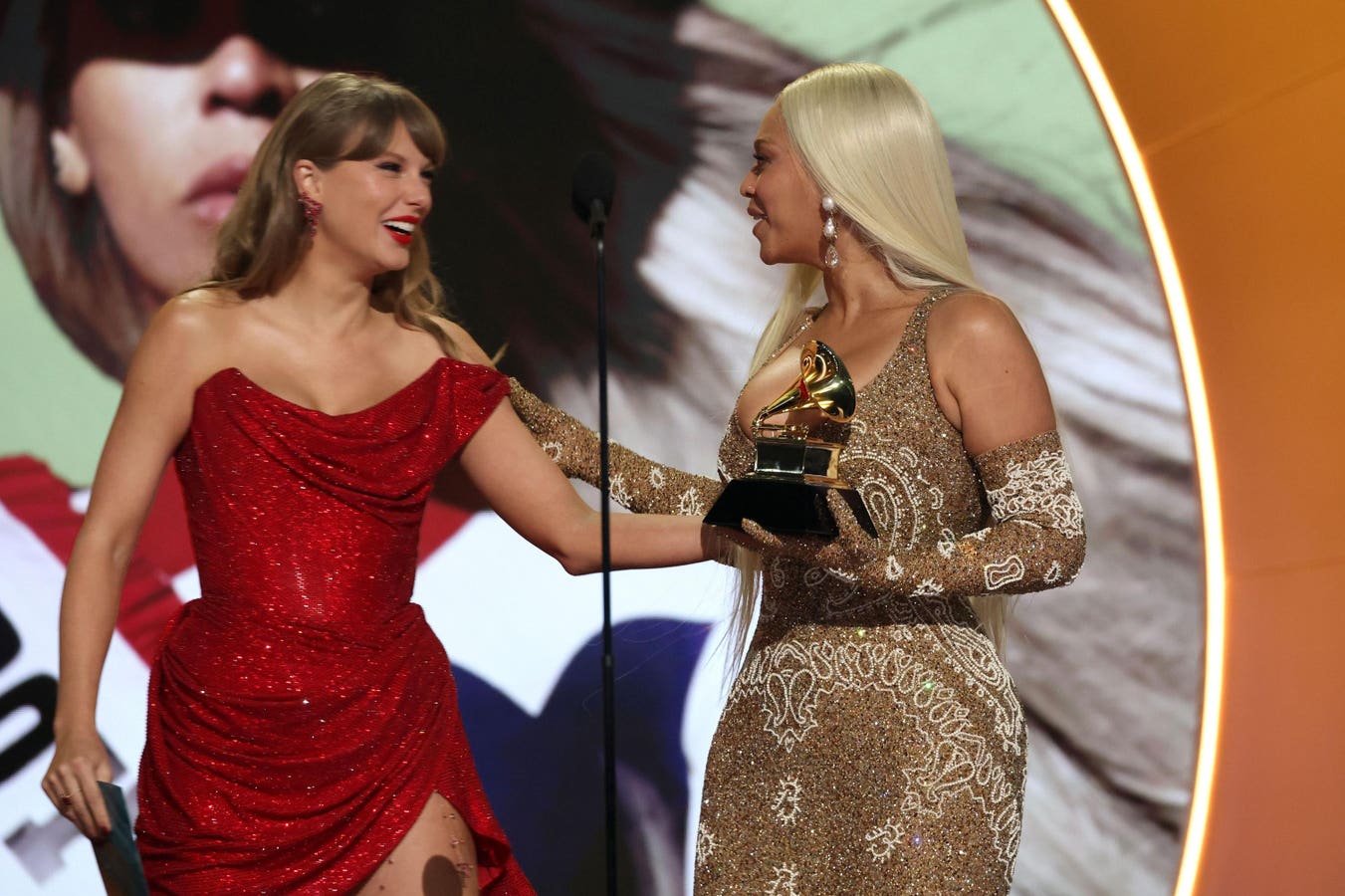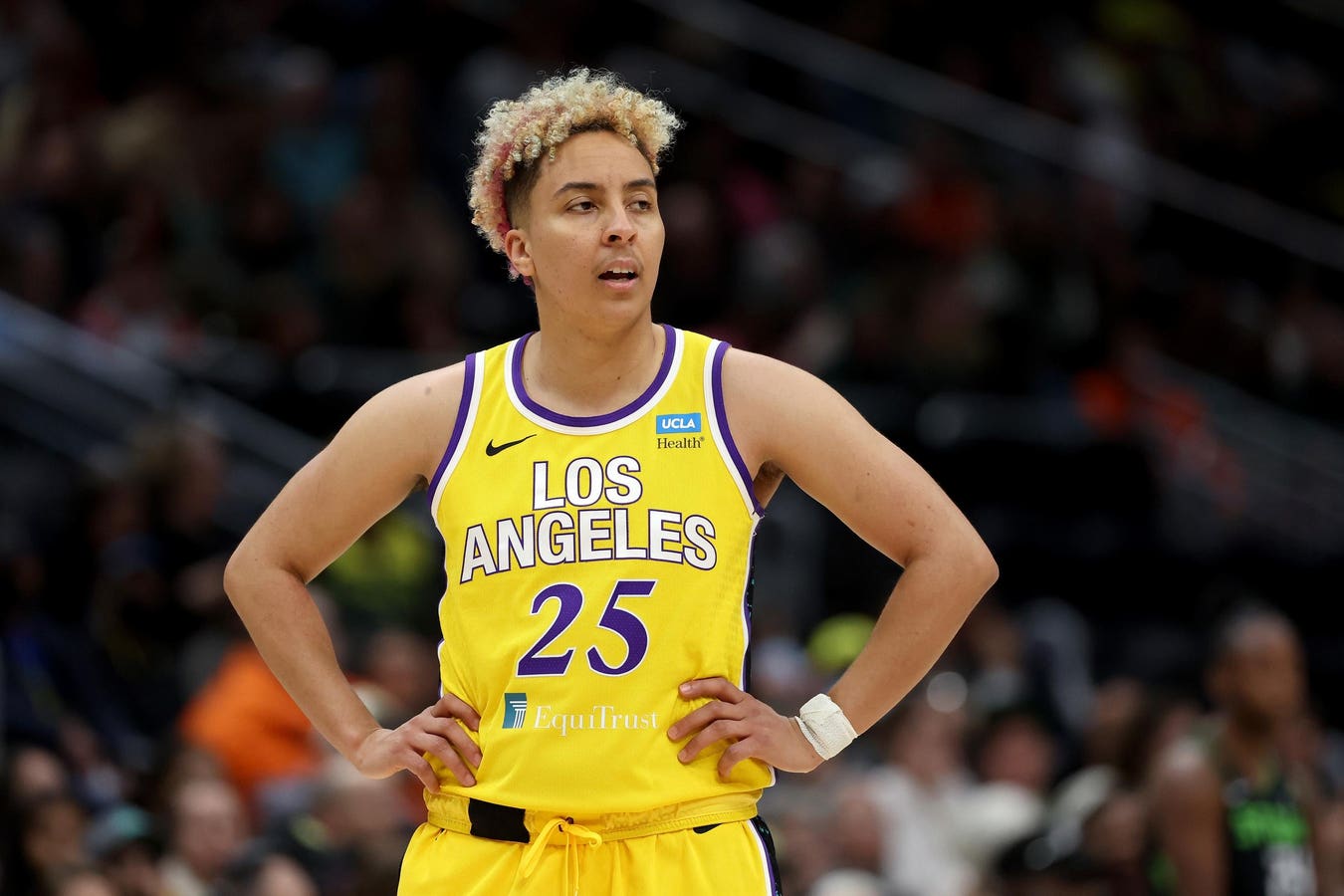Diversity and Inclusion (DEIA)
Women Empowering Women

Women Who Support Each Other, Succeed Together
For far too long, women were told there was only room for a few of us at the top. That success was a competition. That one woman’s win meant another woman’s loss. But here’s the truth: when women support women, we don’t just rise individually – we lift entire industries, communities, and generations forward.
Mentorship: The Ultimate Power Move
If you’ve ever had a mentor, you know how game-changing it is. A single conversation, a recommendation, a word of encouragement – it can be the difference between staying stuck and stepping into your potential.
Collaboration Over Competition
It’s time to retire the outdated idea that there’s only room for a few women at the top. The reality? When we collaborate, we go further, faster.
The Ripple Effect: What Happens When Women Lift Each Other Up?
When women support, mentor, and collaborate, the impact isn’t just felt today – it shapes the future. More women step into leadership. More innovations emerge. More seats at the table.
Conclusion
This is more than a moment – it’s a movement. And we’re just getting started. By lifting each other up, we’re creating a culture where success isn’t a solo journey – it’s a collective movement. When we support each other, we’re not just celebrating wins – we’re creating a lasting ecosystem of support, mentorship, and advocacy that fuels the next generation of leaders.
Frequently Asked Questions
Q: What does it mean to support each other?
A: It means recognizing that success is not a competition, but a collective movement. It means celebrating each other’s wins, sharing knowledge, and amplifying each other’s voices.
Q: How can I get started?
A: Take the first step. Reach out to someone who can offer guidance or support. Share your own experiences and expertise with others. And remember, every small action counts – whether it’s recommending a colleague for an opportunity or simply being a listening ear.
Q: Why is mentorship important?
A: Mentorship is about more than just advice – it’s about advocacy. It’s about having someone in your corner who believes in you and can help open doors.
Diversity and Inclusion (DEIA)
What You Need to Know About Returnships

The U.S. Chamber of Commerce reported in 1989 that 86% of mothers cited home and family care as the leading reason for exiting the workforce. In 2021, 79% reported the same reason. No working mother decides to step away from the workforce lightly. Unfortunately, women overwhelmingly represent spouses who do not participate in the labor force to provide care. Yet whether driven by childcare needs, elder caregiving responsibilities, or mental health, time away from a career can often lead to one of the most daunting questions, “If I want to go back, how do I return?” The answer: a returnship. A growing trend reshaping how companies welcome back professionals who’ve taken a career pause, returnships give working mothers a chance to brush up on skills and ease back into a full-time job without having to start from scratch. A background gap is viewed as part of the returnee’s unique story.
What Are Returnships?
Returnships should not be mistaken for charitable initiatives; they are strategic investments in experienced talent. They are often recognized as a DEI initiative and talent pipeline driver, particularly for mothers seeking to reenter the workplace with dignity, support, and a clear path forward. Unlike internships targeting early-career candidates, returnships are tailored for individuals with prior professional experience. They have higher expectations and more tailored support, but competition for these roles can be fierce. Returnships are a structured, short-term paid program (usually lasting between 12 and 24 weeks) with specific eligibility criteria and application timelines. Participants are assigned real projects, receive mentorship from senior leaders, and are offered training to refresh technical and soft skills. They are more common in specific fields, such as tech, finance, and consulting. Goldman Sachs pioneered the concept with its Returnship program, which launched in 2008.
Eligibility for Returnships
Working mothers who feel disconnected from their previous industries, lack current references, or feel overwhelmed by technological change are prime candidates. Eligibility requirements vary by company, but returnships typically target individuals with a career break of two or more years. Some programs focus exclusively on mothers, while others are open to any caregiver or mid-career professional who stepped away for personal reasons. Companies often look for candidates with prior industry experience, transferable skills, and the willingness to learn and adapt.
Development of Returnship Programs
Over 100 companies work with Path Forward, a nonprofit that partners with employers to create mid-career return-to-work opportunities. These partnerships include major employers such as Walmart, Netflix, Audible, Amazon, Meta, Apple, PayPal, and SAP. They provide a Returnship Builder tool to assist companies in planning and implementing these programs effectively. Path Forward also helps the working mother returning to work restart their career after taking time off for family responsibilities. They provide resources like career advice, success stories, and the Returnship Matcher tool to help individuals find opportunities that fit their backgrounds and goals. Career coaches advise applicants to tailor their résumés to highlight skills over chronology, emphasize volunteer or caregiving experience, and demonstrate a growth mindset.
Companies Offering Returnships
Several Fortune 500 companies and industry leaders have established returnship programs in recent years, reflecting a broader shift toward inclusive hiring practices. Some of the most well-known include:
- Goldman Sachs’ Returnship program is a paid, 12-week initiative designed for professionals who have been out of the workforce for two or more years and are seeking to restart their careers. The program offers participants on-the-job learning, mentorship, and access to the financial firm’s resources across various divisions.
- IBM runs the “Tech Re-Entry” program, providing access to the latest tools and technologies, helping participants sharpen their skills and contribute to meaningful work. The program is currently offered in several countries, including the United States, Canada, India, China, the UK, Germany, and Australia, with plans for further expansion.
- Deloitte‘s Encore Program is a paid returnship designed for professionals who have taken a career break of at least six months. The program allows participants to refresh their skills through structured learning, and a network of Deloitte professionals supports participants.
Benefits of Joining a Returnship
For mothers reentering the workforce, returnships offer substantial benefits. While foundational skills may have been acquired through college or previous roles, even a short absence from the workforce can necessitate a skill refresh. Industries such as finance and healthcare are dynamic, with frequent updates to automation tools, data dashboards, and software-as-a-service (SaaS) programs. Additionally, regulations and compliance expectations in these sectors evolve regularly due to technological advancements, political shifts, and changes in consumer protection laws. Returnships provide structured opportunities to update these skills and stay current with industry standards. Self-doubt is a common challenge among working mothers returning to the workforce, influenced by external and internal perceptions. Societal biases, often called the motherhood penalty, suggest that mothers are less committed or current in their professional roles, leading to fewer opportunities and stalled promotions.
A New Era of Career Comebacks
Returnships directly address the broken rung in the corporate ladder, where men significantly outnumber women at the manager, director, and C-Suite levels, enabling women to re-enter the workforce at a level that aligns with their experience and potential. They offer a critical on-ramp back into leadership pipelines. Returnships acknowledge a fundamental truth: careers aren’t always linear, and taking a break, especially for caregiving, shouldn’t disqualify someone from meaningful work. For companies, returnships rebuild the pipeline of qualified female leaders, thus diversifying thought at the leadership level and creating more growth opportunities. By investing in returnships, companies send a clear message to women: careers can pause for personal needs, and still progress.
Conclusion
Returnships are revolutionizing the way companies approach hiring and supporting working mothers who have taken a career break. These programs provide a structured and supportive environment for individuals to refresh their skills, rebuild their professional networks, and regain confidence in their abilities. By investing in returnships, companies can tap into a talented pool of experienced professionals, improve diversity and inclusion, and create a more sustainable and equitable workforce.
FAQs
- What is a returnship? A returnship is a paid, short-term program designed for professionals who have taken a career break and are seeking to restart their careers.
- Who is eligible for a returnship? Working mothers who have taken a career break of two or more years, as well as caregivers and mid-career professionals who have stepped away from the workforce for personal reasons, are eligible for returnships.
- What are the benefits of joining a returnship? Returnships provide structured opportunities to update skills, rebuild professional networks, and regain confidence in abilities.
- Which companies offer returnships? Several Fortune 500 companies, including Goldman Sachs, IBM, and Deloitte, offer returnship programs.
- How can I find returnship opportunities? Individuals can search for returnship opportunities on company websites, job search sites, and through organizations such as Path Forward.
Diversity and Inclusion (DEIA)
Simone Biles Apologizes to Riley Gaines Amid Inclusive Message Debate

Simone Biles, the renowned Olympic gymnast, has been at the center of a heated debate regarding transgender athletes in women’s sports. The controversy began when Biles addressed comments made by Riley Gaines, a former competitive swimmer known for her anti-trans views. Gaines had mocked a Minnesota youth softball team for including a transgender female athlete, prompting Biles to defend the transgender community and advocate for inclusivity in sports.
Last Week’s Online Clash
The online clash between Biles and Gaines started when Gaines commented on a tweet about the Minnesota youth softball team, saying “Comments off lol. To be expected when your star player is a boy.” Biles responded by calling out Gaines for her harassment of youth sports teams and their inclusion of transgender athletes. “Straight up sore loser. You should be uplifting the trans community and perhaps finding a way to make sports inclusive or creating a new avenue where trans feel safe in sports,” Biles said. She also reprimanded Gaines for attacking children, saying “Bully someone your own size, which would ironically be a male.”
The Aftermath
Biles’ comments struck a nerve with Gaines, anti-transgender activists, and the conservative media. Gaines alone has continued to engage since the incident, having posted about the topic on X more than 28 times in four days. She even paired up with known anti-transgender activist and former gymnast Jennifer Sey, who both advocated for Athleta to end its partnership with Biles. On the other hand, Biles was largely silent following the interaction and subsequent online uproar, until she recently addressed her previous comments in a post on X.
Simone Biles’ Apology and Clarification
In her recent post, Biles apologized for getting personal with Riley Gaines and clarified her stance on the issue. “I wanted to follow up from my last tweets. I’ve always believed competitive equity & inclusivity are both essential in sport. The current system doesn’t adequately balance these important principles, which often leads to frustration and heated exchanges, and it didn’t help for me to get personal with Riley, which I apologize for,” Biles said. She emphasized the importance of empathy and respect in addressing sensitive and complicated issues, and advocated for sports organizations to come up with rules that support inclusion while maintaining fair competition.
Background on Riley Gaines
Riley Gaines gained notoriety for her fervent anti-trans views after tying for 5th with a transgender swimmer at the 2022 NCAA Swimming and Diving Championships. She has been an outspoken critic of transgender athletes competing in women’s sports and has worked with conservative politicians to advance her views. In February 2025, she watched as U.S. President Donald Trump delivered remarks before signing the “No Men in Women’s Sports” executive order, which prohibits transgender women from competing in women’s sports.
Conclusion
The controversy surrounding Simone Biles and Riley Gaines highlights the ongoing debate about transgender athletes in women’s sports. While Biles has apologized for her personal comments and emphasized the importance of empathy and respect, the issue remains a contentious one. As the sports world continues to grapple with questions of inclusivity and competitive equity, it is clear that there are no easy answers. However, by engaging in respectful and empathetic dialogue, we can work towards creating a more inclusive and fair environment for all athletes.
FAQs
- Q: What sparked the controversy between Simone Biles and Riley Gaines?
A: The controversy began when Riley Gaines mocked a Minnesota youth softball team for including a transgender female athlete, prompting Simone Biles to defend the transgender community and advocate for inclusivity in sports. - Q: What is Riley Gaines’ background and stance on transgender athletes?
A: Riley Gaines is a former competitive swimmer who gained notoriety for her anti-trans views after tying for 5th with a transgender swimmer at the 2022 NCAA Swimming and Diving Championships. She has been an outspoken critic of transgender athletes competing in women’s sports. - Q: What is Simone Biles’ stance on the issue?
A: Simone Biles believes that competitive equity and inclusivity are both essential in sports. She has apologized for getting personal with Riley Gaines and emphasized the importance of empathy and respect in addressing sensitive and complicated issues.
Diversity and Inclusion (DEIA)
How the WNBA Became a Safe Space for LGBTQ+ Athletes

The WNBA has become home to some of the most prominent queer icons in American sports, including Sue Bird, Candace Parker, and Layshia Clarendon. It has seen openly coupled folks, sometimes even on the same team, which was the case of Courtney Vandersloot and Allie Quigley when both represented the Chicago Sky. But it hasn’t always been that way.
The league officially added Pride Month to its calendar in 2014, only 12 years after Sue Wicks came out publicly as a lesbian, becoming the first WNBA player out of the closet. And that was more than a decade before the NBA saw its first out player in Jason Collins.
Sue Bird and the Constraints of Early Visibility
Sue Bird came out in 2017 in an ESPN feature. At the time, she had recently begun a relationship with her now-fiancée, fellow queer icon Megan Rapinoe.
“Honestly, there was no thought that went behind this,” Bird said on Sports Center the day the feature came out. “You know, I’ve always kind of said I never really felt comfortable having like this moment of like me, kind of stepping out being like, Hey, look at me. I’m gay over here. That was never gonna be my moment. That’s just not me.”
Although the league had developed a reputation for supporting the LGBTQ+ community, there was still little room for players to express themselves openly. Bird shared on an episode of Pablo Torre Finds Out that she was encouraged to maintain a “straight” image to succeed in marketing early on in her career.
“It was basically told to me that the only way I was going to have success from a marketing standpoint is to really sell this straight girl next door,” she said. “These were things that were told to me. At 21, I was afraid of all of it. I openly admit this. The way I feel now about all of those conversations.”
Layshia Clarendon Breaks New Ground
The landscape has shifted, and players today reap the benefits of the courage of those who took a stand for their identity before support was as broad as today. One of those players is Layshia Clarendon, who made history as the first player in the league to come out as trans and nonbinary. They shared their gender identity following the 2020 season and announced in 2021 that they had undergone top surgery.
“It’s hard to put into words the feeling of seeing my chest for the first time free of breasts, seeing my chest the way I’ve always seen it, and feeling a sense of gender euphoria as opposed to gender dysphoria,” Clarendon wrote on Instagram.
While Clarendon faced backlash from right-wing media outlets, the response from their team at the time, the New York Liberty, was a sign that the women’s basketball community was about ready to embrace gender beyond the binary.
“The New York Liberty family is in full support of Layshia Clarendon and their choice to live authentically,” the team posted on Twitter. “Layshia is a proud embodiment of our belief that our strength lies in our truth and no one should live constrained by societal boundaries. Layshia’s journey as a pioneering athlete, along with their activism and advocacy work, is an inspiring call for each of us to honor our humanity above all else.”
Just Existing Authentically And No Coming Out Required
Today, fewer players feel pressure to publicly come out. Many simply live as their authentic selves, free from fear of backlash or institutional resistance. That is the case for Dallas Wings forward NaLyssa Smith, who praised the league’s progress in supporting LGBTQ+ players.
“It just shows so much the league has grown. A while back, a lot of people didn’t want to embrace that aspect of their life. And I think people are a lot more open to it, a lot more relationships you see,” Smith, who currently dates her teammate DiJonai Carrington said. “So I think it just shows like, you know, the game is developing, and people are, you know, embracing, you know, what they are, and stuff like that. So I think it’s good for us.”
Seattle Storm point guard Erica Wheeler echoed that sentiment.
“I think it’s super important, because I think we shouldn’t be judged by what we like and what we love. I think we are naturally just humans, so I think it’s super important that the league is empowering us, and it’s important us in that type of way. Me, personally, I’ve never experienced any backlash or anything bad when it comes to it.”
For players like Smith and Wheeler, who have never issued formal coming-out statements, the current climate offers a liberating sense of normalcy. Not having to worry about retaliation simply for being who they are or even having to make coming out statements, allows players to focus on basketball and be the best they can be on the court.
“It lets you just live stress free. You don’t have to worry about, you know, hiding things from anybody, or, you know, people using something against you,” said Smith. “So I think it’s like, I say, it just shows how much the league has grown now there’s like, pride nights, and, you know, they’re embracing it. a lot more so I think it’s a good for us.”
Conclusion
The WNBA has made significant progress in supporting its LGBTQ+ players, from adding Pride Month to its calendar to embracing players who come out as gay, lesbian, trans, or nonbinary. The league’s shift towards acceptance and inclusivity has created a safe and welcoming environment for players to be their authentic selves, without fear of backlash or judgment. As the league continues to grow and evolve, it’s likely that we’ll see even more players feeling comfortable enough to live their truths, both on and off the court.
FAQs
Q: When did the WNBA add Pride Month to its calendar?
A: The WNBA added Pride Month to its calendar in 2014.
Q: Who was the first WNBA player to come out as a lesbian?
A: Sue Wicks was the first WNBA player to come out as a lesbian in 2002.
Q: Who was the first player in the WNBA to come out as trans and nonbinary?
A: Layshia Clarendon was the first player in the WNBA to come out as trans and nonbinary in 2020.
Q: Do players in the WNBA still feel pressure to come out publicly?
A: No, many players in the WNBA no longer feel pressure to come out publicly, and can simply live as their authentic selves without fear of backlash or judgment.
-

 Career Advice6 months ago
Career Advice6 months agoInterview with Dr. Kristy K. Taylor, WORxK Global News Magazine Founder
-

 Diversity and Inclusion (DEIA)6 months ago
Diversity and Inclusion (DEIA)6 months agoSarah Herrlinger Talks AirPods Pro Hearing Aid
-

 Career Advice6 months ago
Career Advice6 months agoNetWork Your Way to Success: Top Tips for Maximizing Your Professional Network
-

 Changemaker Interviews5 months ago
Changemaker Interviews5 months agoUnlocking Human Potential: Kim Groshek’s Journey to Transforming Leadership and Stress Resilience
-

 Diversity and Inclusion (DEIA)6 months ago
Diversity and Inclusion (DEIA)6 months agoThe Power of Belonging: Why Feeling Accepted Matters in the Workplace
-

 Global Trends and Politics6 months ago
Global Trends and Politics6 months agoHealth-care stocks fall after Warren PBM bill, Brian Thompson shooting
-

 Global Trends and Politics6 months ago
Global Trends and Politics6 months agoUnionization Goes Mainstream: How the Changing Workforce is Driving Demand for Collective Bargaining
-

 Training and Development6 months ago
Training and Development6 months agoLevel Up: How Upskilling Can Help You Stay Ahead of the Curve in a Rapidly Changing Industry




















